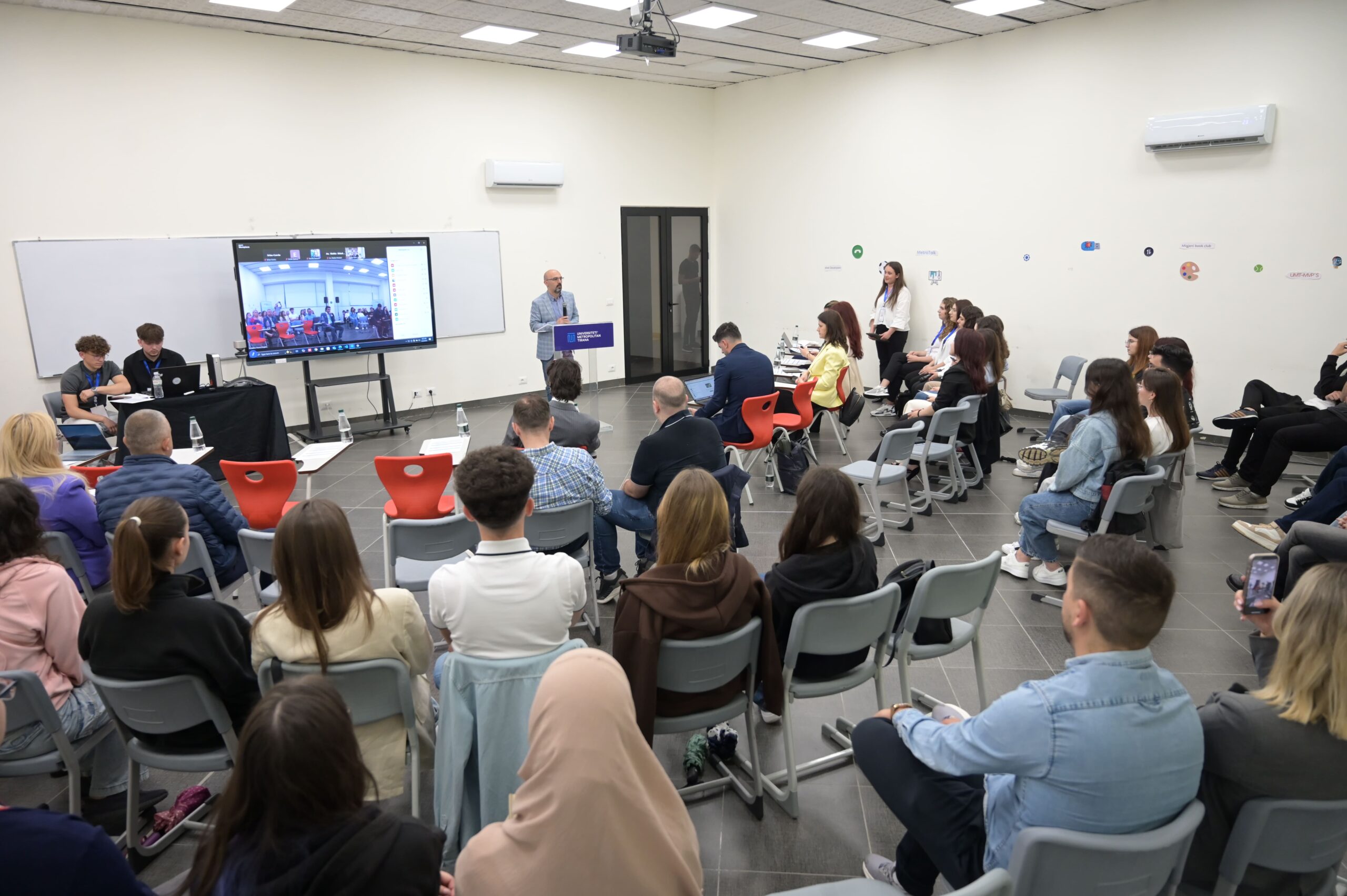AI in 6G-Physical Layer Security
PhD Candidate: Johan Note
PhD supervisor and co-supervisor: Maaruf Ali and Leke Pepkolaj
Wireless Communications today face a lot of challenges. With the rapid growth of IoT devices, these problems have become bigger, and many hackers want to steal data through communication or try to block the signal. To prevent these there should try to be physical layer defenses. In wireless Communications the physical layer is the most vulnerable layer to be compromised. We can create a physical layer defense system using Deep Learning Algorithms to detect and prevent these cyber-attacks.
Every physical layer security defense system has its own faults and should develop mechanisms to detect, identify and thwart each type of new physical layer attack that is invented. AI can be implemented in Physical Layer Security to detect, isolate, neutralize and prevent different types of cyber attacks based on their behavior. AI algorithms can update and learn new stuff anomalous behavior as time passes without human intervention, unlike traditional methods.
In this problem, I have been reading different papers to clearly identify the extent of the existing problem, the current level of the existing state-of-the-art procedures and thence identify the research gap. This will involve finding how I can improve the physical layer defense system based on certain AI algorithms. My goal is to create algorithms which are more efficient and novel to save computational time when implemented to make them real-time.
My strategy will make the system more intelligent by automation and unsupervised learning so that the algorithms are able to detect even zero day attacks based on the data it has received and prevent different types of malicious wireless data causing any problems.
I am taking this approach because it is a good and tried solution with demonstrated accuracies in the level of detection and efficacy as reported in the literature.
For the moment there is no existing data for 6G physical Layer attacks because 6G is not invented yet. For the moment I will generate via Generative AI synthetic data to be used for training and testing via different algorithms.
Keywords: AI, Physical Layer Security, Wireless Networks, 6G
References:
[1] Ara, I., & Kelley, B. (2024). Physical Layer Security for 6G: Toward Achieving Intelligent Native Security at Layer-1. IEEE Access, 12, 82800–82824. https://doi.org/10.1109/ACCESS.2024.3413047
[2] Shi, E., Zhang, J., Du, H., Ai, B., Yuen, C., Niyato, D., Letaief, K. B., & Shen, X. (2024). RIS-Aided Cell-Free Massive MIMO Systems for 6G: Fundamentals, System Design, and Applications. Proceedings of the IEEE, 112(4), 331–364. https://doi.org/10.1109/JPROC.2024.3404491
[3] Sharma, P., Sarma, K. K., & Mastorakis, N. E. (2020). Artificial Intelligence Aided Electronic Warfare Systems- Recent Trends and Evolving Applications. IEEE Access, 8, 224761–224780. https://doi.org/10.1109/ACCESS.2020.3044453
[4] Mun, H., Han, K., Damiani, E., Yeun, H. K., Kim, T. Y., Martino, L., & Yeun, C. Y. (2025). A Comprehensive Survey on Digital Twin: Focusing on Security Threats and Requirements. In IEEE Access. Institute of Electrical and Electronics Engineers Inc. https://doi.org/10.1109/ACCESS.2025.3563621
[5] Celik, A., & Eltawil, A. M. (2024). At the Dawn of Generative AI Era: A Tutorial-cum-Survey on New Frontiers in 6G Wireless Intelligence. IEEE Open Journal of the Communications Society, 5, 2433–2489. https://doi.org/10.1109/OJCOMS.2024.3362271
[6] Guo, C., & Shi, Y. (2025). A Novel Security Threat Model for Automated AI Accelerator Generation Platforms. IEEE Access. https://doi.org/10.1109/ACCESS.2025.3558072






